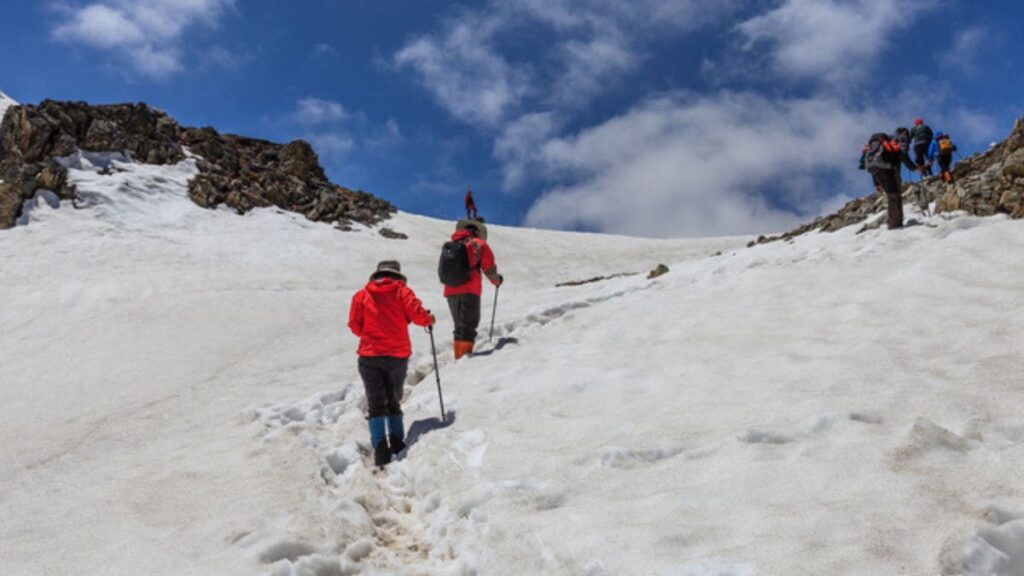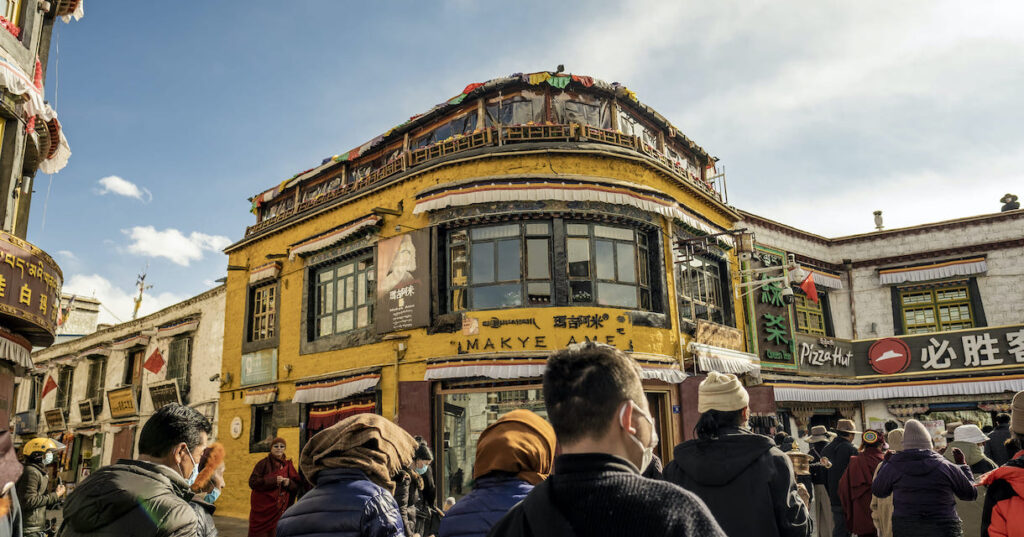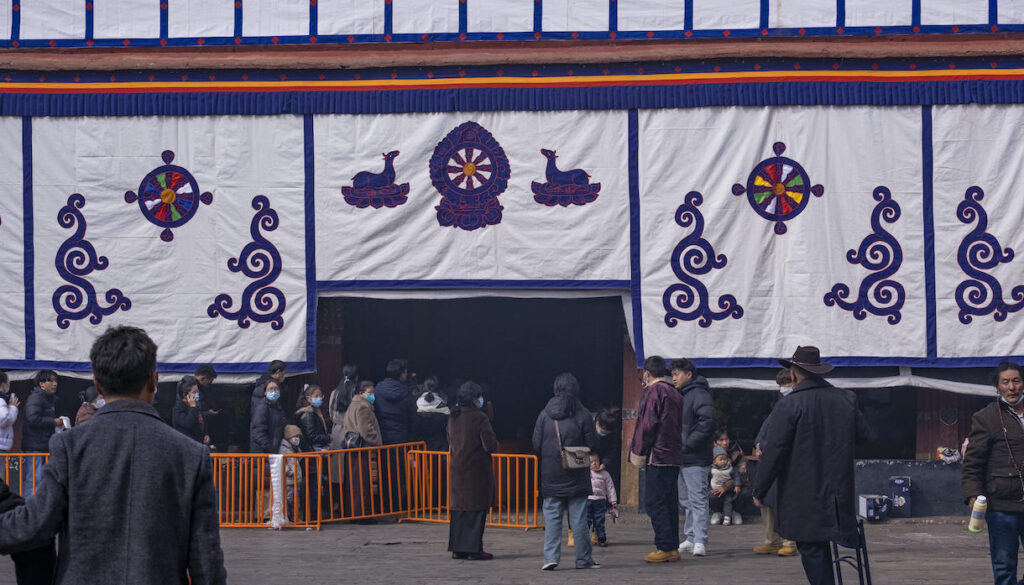Tibet, often referred to as the “Roof of the World,” is a land of astonishing landscapes, ancient traditions, and spiritual enlightenment. While it is a popular destination for travelers throughout the year, there is something truly magical about visiting Tibet during the winter months. In this blog post, we will take you on a journey through Tibet’s winter wonderland and explore the unique experiences that await you.

Embracing the Tranquility of Winter
Winter in Tibet is a time of tranquility and serenity. As the snow blankets the majestic mountains and the frozen lakes glisten under the clear blue sky, you can’t help but feel a sense of peace and calmness. The crisp air and the absence of crowds create the perfect atmosphere for introspection and reflection.
Witnessing the Festivals
Tibetan winter is also a season of vibrant festivals and celebrations. One of the most famous festivals is Losar, the Tibetan New Year. During this time, the streets come alive with colorful decorations, traditional music, and dance performances. It is a joyous occasion where locals and visitors come together to celebrate and pray for a prosperous year ahead.

Exploring Ancient Monasteries
Tibet is home to some of the most magnificent monasteries in the world, and winter provides a unique opportunity to explore these sacred sites in a more intimate setting. The Potala Palace, Jokhang Temple, and Sera Monastery are just a few examples of the architectural wonders that await you. As you wander through the halls adorned with intricate artwork and listen to the chanting of monks, you can’t help but be captivated by the spiritual energy that permeates these ancient structures.
Adventuring in the Snowy Landscapes
For adventure enthusiasts, Tibet’s winter offers a plethora of exciting activities. From trekking through snow-covered valleys to skiing down the slopes of the Himalayas, there is no shortage of adrenaline-pumping experiences. Imagine the thrill of exploring the Everest Base Camp or embarking on a winter trek to the stunning Yamdrok Lake. These adventures will not only challenge you physically but also reward you with breathtaking views that will stay etched in your memory forever.

Immersing in Local Culture
Winter is the perfect time to immerse yourself in the rich cultural heritage of Tibet. You can participate in traditional Tibetan cooking classes, learn the art of thangka painting, or even try your hand at butter sculpture. Engaging with the locals and learning about their way of life will deepen your understanding of this fascinating region and leave you with a profound appreciation for its people and traditions.
Practical Tips for Winter Travel in Tibet
Before embarking on your winter adventure in Tibet, here are a few practical tips to keep in mind:
- Dress in layers: The weather in Tibet can be unpredictable, so it’s essential to dress in layers to adapt to changing temperatures.
- Stay hydrated: Despite the cold weather, it’s crucial to stay hydrated, as the high altitude can cause dehydration.
- Acclimatize properly: Tibet’s high altitude requires proper acclimatization. Take it slow, drink plenty of water, and listen to your body.
- Plan your itinerary: Due to the winter season, some areas may be inaccessible or have limited transportation options. Plan your itinerary accordingly and check for any travel advisories.
Start Your Winter Adventure in Tibet
Tibet’s winter tours offer a unique opportunity to experience the beauty and tranquility of this enchanting land. Whether you seek spiritual enlightenment, thrilling adventures, or a deeper connection with nature, Tibet has something to offer everyone. So, bundle up, embrace the winter wonderland, and embark on a journey that will leave you with memories to cherish for a lifetime.

How cold is it in Tibet during winter?
Winter in Tibet can be quite cold, with temperatures dropping well below freezing. In the higher altitude areas, such as Lhasa and Everest Base Camp, temperatures can range from -10°C (14°F) to -20°C (-4°F) during the day and can plummet even further at night.
It’s important to come prepared with warm clothing, including thermal layers, insulated jackets, hats, gloves, and sturdy boots to stay comfortable in the chilly weather. Additionally, the wind chill factor can make it feel even colder, so it’s advisable to dress appropriately and take necessary precautions to stay warm during your winter visit to Tibet.
